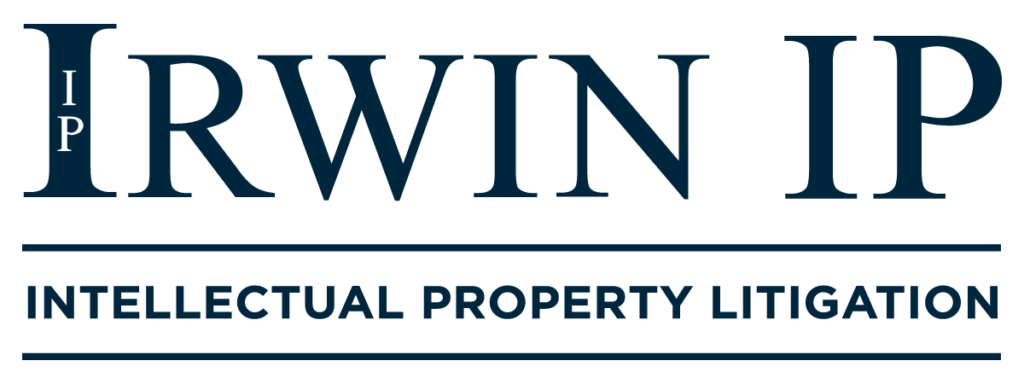
The Federal Circuit recently addressed a deceptively straightforward question: does a published U.S. patent application qualify as prior art as of the application’s filing date in inter partes review (“IPR”) proceedings? Lynk appealed the PTAB’s reliance as a prior art printed publication on a patent application filed before but published after Lynk’s patent based on the general requirement that printed publication be publicly accessible and interpretation of the statutory term “printed publication” based on 19th century case law. The Federal Circuit held that Congress created an exception from the broader public accessibility requirement and under the plain language of the Patent Act published patent applications are prior art for IPRs as of their filing date under § 102(e)(1), and not the date they became publicly accessible.
The dispute arose when, during an IPR, Samsung relied on a published U.S. patent application as prior art to challenge the validity of claims in Lynk’s patent related to alternating current driven light emitting diodes (LEDs). The PTAB upheld Samsung’s challenge, invalidating several claims, but Lynk argued on appeal that § 311(b) excludes references not publicly accessible before the priority date. In particular, Lynk contended that “patents or printed publications” in § 311(b) precludes reliance on a published application’s filing date under § 102(e)(1). The Federal Circuit decisively rejected this argument, holding that the date of when the patent application became publicly available is irrelevant; instead, it is the filing date that establishes the status of published patent applications as prior art under § 102(e)(1).
In reaching this conclusion, the Court emphasized that § 311(b) incorporates the prior art framework of § 102, which explicitly provides that a published U.S. application is prior art as of its filing date. The Court clarified that the term “printed publications” in § 311(b) was not meant to exclude those references. Instead, the statutory language reflects Congress’s intent to preserve the full scope of prior art recognized under § 102, ensuring consistency between IPR proceedings and other contexts of invalidity analysis.
Lastly, the Court addressed the broader implications of the statutory phrase “patents or printed publications.” The Court clarified that Congress historically excluded challenges to validity based on other grounds like public use and on-sale activities from IPRs. The Court reasoned that Congress intended to streamline proceedings and avoid substantial discovery or fact findings, which printed publications do not necessitate. Nonetheless, the exclusion was not meant to diminish the role of official USPTO publications, which include published patent applications. By affirming this interpretation, the Court reaffirmed the balance Congress sought to achieve between simplifying prior art analysis in IPRs and maintaining the integrity of established prior art categories.
This decision provides significant clarity for patent practitioners. It confirms that published patent applications can serve as prior art based on their filing date in IPRs, aligning with the longstanding principles of § 102(e)(1). In addition, it solidifies the reliability of published applications as a key tool for challenging validity.
